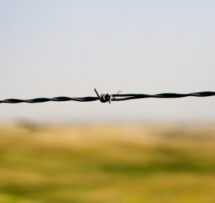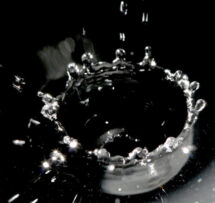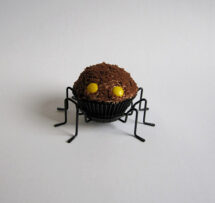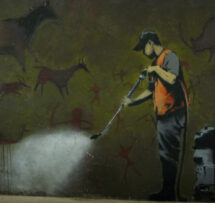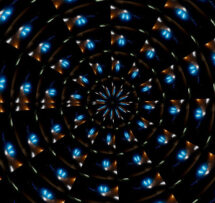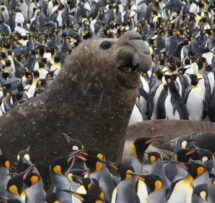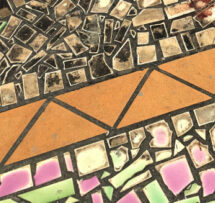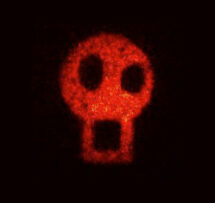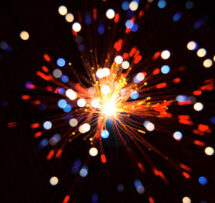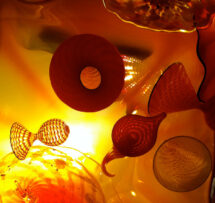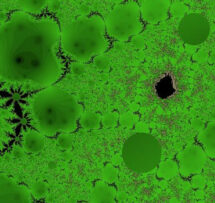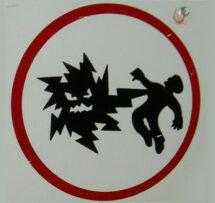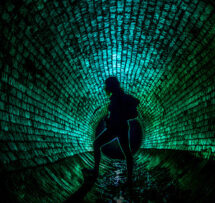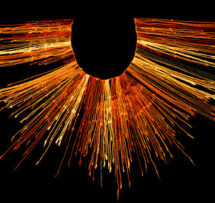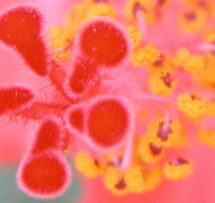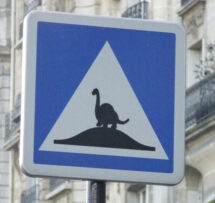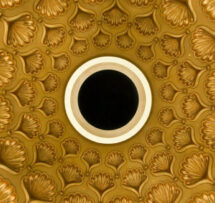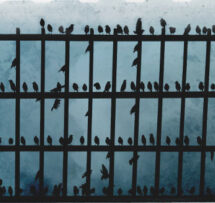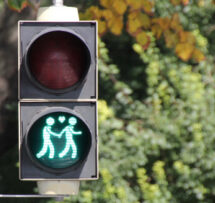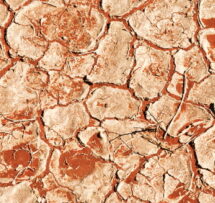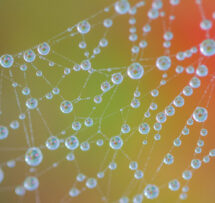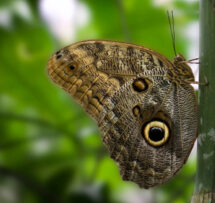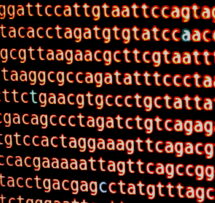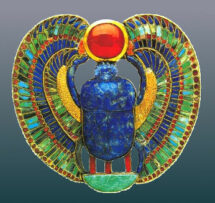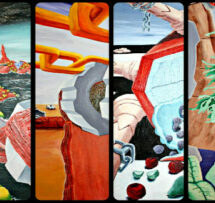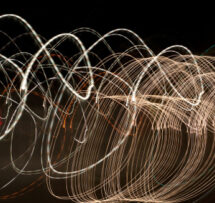Ghost imaging

How many photons does it take to form an image? Can we form images of an object without interacting with it? Is it possible to illuminate an object with one light source and see an image with another?
How many pixels do we need to form a high resolution image of an object? Can we do it with just one?
Taking a picture would appear to be a straightforward affair. One shines light onto an object, that light gets reflected into a detector, and (perhaps after some amplification) gets mapped to pixels which form a two-dimensional representation of the object. And clearly, the more pixels our camera has, the better the resolution, right?
Actually, quantum optics research over the past few years has led to a new technique, known as "ghost imaging", in which the light forming the image has never actually
interacted with the object being imaged. How can this be possible and why is it useful?
In tonight's session of Science & Cocktails we will explore, together with Andrew Forbes, how the use of quantum entanglement, the spooky action at a distance so abhorred by Einstein, allows us to break our paradigms as to what is possible and what is not when it comes to forming images of objects. Andrew Forbes will guide us through some of the ghost imaging research that he and his colleagues within the Wits Structured Light Laboratory have been doing, and explain what benefits and applications this exciting technique is expected to lead to in the near future.
Afterwards, spooky cocktails will bring us closer to the quantum world while Rhapsody take the stage with their eclectic mix of contemporary, jazz and traditional South African sounds.
Image: Experimental ghost image with entangled light (Courtesy of Andrew Forbes/Structured Light Laboratory)

Andrew Forbes
Ghost Imaging
How many photons does it take to form an image? Can we form images of an object without interacting with it? Is it possible to illuminate an object with one light source and see an image with another?
How many pixels do we need to form a high resolution image of an object? Can we do it with just one?
Talk by
Andrew Forbes
Andrew Forbes is a Distinguished Professor in the School of Physics at the University of the Witwatersrand. His research focusses on Structured Light, tailoring light fields for applications in lasers, communication, imaging and metrology, as well as exploiting such fields at the quantum level to test fundamental principles in physics.

Music by
Rhapsody
Rhapsody is a collective of three young female vocalists consisting of Hlumelo Ledwaba, Masechaba Phakela and Phumelele Mzimela. Having been trained in jazz vocals and piano at Wits University they perform an eclectic mix of contemporary and jazz styles that also embrace a touch of traditional South African sounds. Their music touches on a range of issues affecting young women including love, hopefulness and the journey to self-actualisation. The vocal trio is an experiment that seeks to stretch the possibilities of the voice beyond a full band setting. They
will be joined on the piano by Yonela Mnana, and this promises to be a memorable evening



